Rediscovering Outdoor Flavors with Simple Tools
There is something timeless about cooking with fire. When I first experimented with outdoor meals, I realized how much flavor comes from the heat of glowing embers, the smoky charm of grills, and the slow magic inside Dutch ovens. These aren’t just tools; they are pathways to making delicious meals that remind us of both tradition and creativity. Over time, I’ve learned that even the simplest steps, when paired with the right method, can transform basic food into something memorable. That’s why I love exploring easy outdoor cooking techniques—because they prove that simplicity can still deliver unforgettable results.
Blending Old Traditions with Easy Outdoor Cooking Techniques
In my own practice, I often combine old-world wisdom with modern touches. Using methods that shift between direct flame and gentle ember heat, I’ve prepared stews in Dutch ovens, smoky vegetables on grills, and bread baked beside fire. Each technique brings a new texture and taste, making the process just as rewarding as the result. What excites me most is how approachable these easy outdoor cooking techniques are—anyone can try them and enjoy the richness of outdoor meals without complication.
A Journey Back Through Fire and Flavor
For me, cooking outside with fire has always carried a deep connection to the past. It’s more than preparing food—it’s a sense of tradition and fulfillment that comes with every meal. I often imagine how a teacher of history might describe Viking feasts or Roman gatherings. Fire shaped human survival from the Stone Age, allowing people to cook and preserve meals. That timeless skill still inspires me each time I light a flame.
In this article, I’ll share three easy outdoor cooking techniques that I’ve personally used—from ember heat to open grilling—along with suggested recipes that bring both heritage and flavor to life.
Learning the Simplicity of Ember Cooking
When it comes to cooking with embers, I’ve found it to be the simplest and most no-thrills method of outdoor firecraft. Archaeological evidence shows that our ancestors cooked this way, relying on the maximum heat of a steady fire. My first real inspiration came during a Scout camp, where I learned that glowing coals did the work while big flames were less reliable. That lesson still holds true: embers provide steady, manageable heat and a clean, smoky flavor.
Through trial and error, I’ve learned that cooking directly over embers often requires building a larger fire than expected. Patience and preparation are key. Once ready, the bed of coals offers one of the most rewarding easy outdoor cooking techniques that connects us to ancient practices.
Foods that Truly Shine Over Embers
Certain foods thrive with ember cooking. Steaks, thin cuts of meat, and fish wrapped in paper cook quickly and retain moisture. Vegetables, however, are the heart of this method. Sweetcorn placed directly on hot coals becomes smoky and tender, while fruit caramelizes beautifully.
My favorite is the “dirty onion.” Place a large onion straight into the embers, turn it for 15–20 minutes, then peel away the charred layers. Inside is a sweet, earthy flavor that feels almost divine—a perfect example of how simple easy outdoor cooking techniques can elevate humble ingredients.
Building the Right Fire for Ember Cooking
Since ancient times, people have relied on embers for steady cooking. Before deciding what to prepare, think about fire duration and fuel needs. A small blaze with 5–6 logs may suffice for one or two people, but a larger meal requires patience and more wood. Choosing the right logs—birch for quick embers, hardwoods for long-lasting heat—makes all the difference.
This preparation step is what turns a basic fire into one of the most reliable easy outdoor cooking techniques you can master outdoors.
Mastering the Grill Outdoors
The grill is perhaps the most familiar of all easy outdoor cooking techniques. From tripod grills that adjust height to flat Chapas placed over flames, each design offers versatility. I’ve used a Netherton Foundry Chapa, and its durable, portable design makes it a favorite.
With a grill, you can sear meats, roast vegetables, or even experiment with rustic breads. It bridges tradition with convenience, offering a reliable way to enjoy the joy of fire while keeping the process simple. That balance is what makes grilling one of the top easy outdoor cooking techniques for beginners and experts alike.
Preparing the Fire for Grilling
Good grilling requires a strong ember stage. Lumpwood charcoal or seasoned wood creates hotter, more stable fires. By planning ahead, choosing smaller logs, and letting the fire settle evenly, you’ll create the perfect foundation for grilling outdoors.
Once the grill heats up, start at the outskirts, feed the fire gradually, and maintain balance. This method keeps the cooking process effortless and enjoyable, proving why fire management is central to all easy outdoor cooking techniques.
What You Can Grill Outdoors
Cooking outdoors is more than just barbecuing—it’s about transforming simple foods into memorable meals. Steaks, venison, and lamb kebabs achieve rich smoky notes, while vegetables add freshness and variety. Halved courgettes or cos lettuce charred for a few minutes bring rustic charm, while dishes like charred spring green risotto highlight how versatile grilling can be.
Mixing bold flavors with careful timing is the essence of easy outdoor cooking techniques—making every meal adventurous, rewarding, and deeply satisfying.
Conclusion: Why Easy Outdoor Cooking Techniques Matter
Cooking with fire is more than a skill—it’s a connection to tradition, flavor, and creativity. Whether you’re using embers, grilling, or experimenting with Dutch ovens, these easy outdoor cooking techniques prove that anyone can prepare delicious meals under the open sky.
By embracing these timeless methods, you not only rediscover outdoor flavors but also learn to transform the simplest ingredients into something extraordinary. And that’s the real art of fire cooking—simplicity, tradition, and the joy of sharing meals created with passion.
Rediscovering Outdoor Flavors with Simple Tools
There is something timeless about cooking with fire. When I first experimented with outdoor meals, I realized how much flavor comes from the heat of glowing embers, the smoky charm of grills, and the slow magic inside dutch ovens. These aren’t just tools; they are pathways to making delicious meals that remind us of both tradition and creativity. Over time, I’ve learned that even the most easy steps, when paired with the right method, can transform simple food into something memorable.
In my own practice, I often combine old-world wisdom with modern touches. Using techniques that shift between direct flame and gentle ember heat, I’ve prepared stews in dutch ovens, smoky vegetables on grills, and bread baked beside fire. Each method gives the food a different texture and taste, making the process just as rewarding as the result. What excites me most is how approachable these methods are—anyone can begin experimenting with them and enjoy the richness of cooking outdoors without complication.
The Art of Cooking Over Fire: Easy Outdoor Cooking Techniques
A Journey Back Through Fire and Flavor
For me, cooking outside with fire has always carried a deep connection to the past. It’s more than preparing food—it’s a sense of tradition and even fulfilment that comes through every process. I often imagine how a teacher of history might describe the way people would dine at a Viking feast or how the Romans gathered to share meals. The ability to make and control fire shaped human survival from the Stone-Age, giving us the chance to cook and preserve meals that would otherwise be inedible. That timeless skill still inspires me each time I light a flame.
In this blog, I want to cover not only the heritage of fire but also three easy outdoor techniques that I’ve personally employed to create a wide range of dishes. From experimenting with ember heat to slow stews, I’ll share suggested recipes that anyone can try and enjoy. These methods are not complicated; they are reminders that ancient practices can still bring comfort and excitement to modern kitchens under the open sky.
The Art of Cooking Over Fire: Easy Outdoor Cooking Techniques
Learning the Simplicity of Ember Cooking
When it comes to cooking with embers, I’ve found it to be the simplest and most no-thrills method of outdoor firecraft. There is even archaeological evidence that our ancient ancestors cooked this way, relying on the maximum heat of a steady fire. My first real inspiration came during a Scout camp, where it was drummed into us that the glowing coals did the work, while the big flames that preceded them were less reliable. That lesson still holds true today: once a fire is established and the wood is fully ignited, the moisture and toxins are burnt away, leaving clean smoke and sometimes even certain woods that release a pleasant aroma many of us have always desired in meals.
Through trial and error, one lesson learned is that if you are planning to cook directly over embers, you often need a bigger fire than you might first think. It’s a balance of patience and preparation. Once the bed of embers is ready, the heat is steady, manageable, and far more forgiving than flames. Each time I return to this practice, I’m reminded how this simple approach has lasted since ancient times, connecting us with the same techniques once used by people long before us.
The Art of Cooking Over Fire: Easy Outdoor Cooking Techniques
Foods that Truly Shine Over Embers
When you cook with ember cooking, some foodstuffs naturally deliver the best results. Steaks, especially when thin, truly benefit from the intense heat that rivals what you’d find in professional kitchens. I’ve also had great success with fish wrapped in paper, which cooks evenly and stays moist. Yet it’s the vegetables that feel like the heart of this element. One of my favorite moments is the challenge of placing a sweetcorn cob, still unpeeled, directly onto the hot coals. After just a few minutes, the kernels become smoky and tender, a flavor that reminds me of meals at Belmont during summer courses. Fruit too can be transformed and enjoyed in ways you wouldn’t expect when placed over glowing embers.
Of all these, the most memorable for me is the so-called dirty onion. Place a large onion right into the coals, and after about 15-20 minutes of gentle turning, peel away the burnt outer layers. Inside, you’re rewarded with a sweet taste so rich it feels almost divine. Simple, earthy, and surprisingly refined, it shows how ember cooking can elevate even the most humble ingredient into something unforgettable.
The Art of Cooking Over Fire: Easy Outdoor Cooking Techniques
Building the Right Fire for Ember Cooking
Since the Stone Age, people have relied on cooking with embers from a fire as the foundation of outdoor meals. Before deciding what to cook, it helps to think about how long the fire should last and how much fuel it needs. For a meal for one or two, just a small blaze with about 5-6 logs will usually suffice. But when preparing food for a larger group of family or friends, you’ll want a significant bed of embers, and building that takes patience. The right setup is not only essential for even heat but also gives you a more relaxed pace when cooking outdoors.
In my own experience, experimenting with different types of wood made a big difference. Lighter varieties like birch create hot embers more quickly, which is helpful when you don’t want to wait all evening for the fire to settle. Over time, I’ve learned that choosing the right logs at the start makes the entire process smoother and more enjoyable. That small preparation step is what turns a basic fire into a steady foundation for memorable meals.
The Art of Cooking Over Fire: Easy Outdoor Cooking Techniques
Foods that Truly Shine Over Embers
When you cook with ember cooking, some foodstuffs naturally deliver the best results. Steaks, especially when thin, truly benefit from the intense heat that rivals what you’d find in professional kitchens. I’ve also had great success with fish wrapped in paper, which cooks evenly and stays moist. Yet it’s the vegetables that feel like the heart of this element. One of my favorite moments is the challenge of placing a sweetcorn cob, still unpeeled, directly onto the hot coals. After just a few minutes, the kernels become smoky and tender, a flavor that reminds me of meals at Belmont during summer courses. Fruit too can be transformed and enjoyed in ways you wouldn’t expect when placed over glowing embers.Of all these, the most memorable for me is the so-called dirty onion. Place a large onion right into the coals, and after about 15-20 minutes of gentle turning, peel away the burnt outer layers. Inside, you’re rewarded with a sweet taste so rich it feels almost divine. Simple, earthy, and surprisingly refined, it shows how ember cooking can elevate even the most humble ingredient into something unforgettable.
The Art of Cooking Over Fire: Easy Outdoor Cooking Techniques
Key Lessons for Ember Cooking
For me, cooking with embers has always been a simple throwback to the past, a way of connecting with skills that have lasted for thousands of years. Along the way, I’ve gathered tips and lessons learned from both trial and error. A small fire will only give minimal heat, so it’s always wiser to build something a little larger to ensure you have enough coals to cook properly. Remember, embers represent the final stage of a fire, so if you don’t feed it, it will eventually burn out.
Once food goes onto the coals, it will naturally absorb heat and can smother the oxygen flow, so you’ll need to move things around to maximise the cooking surface. Sometimes I use a blowpipe to increase the airflow, which helps the remaining wood burn more quickly. When I’m finished, I make sure to rake and spread the embers so they cool, then carefully extinguish them with water before I leave the site. These practices keep the process safe, sustainable, and rewarding each time I return to ember cooking.
The Art of Cooking Over Fire: Easy Outdoor Cooking Techniques
Mastering the Grill Outdoors
The grill is perhaps the most familiar way people choose to cook over a fire, and for good reason. There are different types available, from the classic one that hangs on a tripod and can be raised or lowered to control temperature, to the flat Chapa with feet that sits directly above the flames. I’ve personally used a Netherton Foundry Chapa, and its durable build and portable design make it a favorite tool when cooking outside.
Both styles are incredibly useful, allowing you to prepare a wide range of dishes, just like on a barbeque at home. Whether searing meat, roasting vegetables, or experimenting with new flavors, the grill offers versatility and reliability. For me, it brings balance to outdoor cooking—bridging tradition with convenience while keeping the joy of fire at the center of the meal.
The Art of Cooking Over Fire: Easy Outdoor Cooking Techniques
Preparing the Fire the Right Way
Good grilling always requires steady heat, and that begins with building a strong ember stage rather than relying only on flames or smoke. Using lumpwood charcoal or well-seasoned wood makes a big difference, since the right fuel not only burns quicker and hotter, but also keeps the fire stable for a long period. From my own outdoor cooking, I’ve learned that patience and smart preparation are essential. A few simple tips—like planning in advance, choosing smaller pieces of logs, and ensuring an even surface—help create an established base that’s easier to manage.
Once your fire is ready, you can set up the grill or chapa. The metal quickly becomes warm, allowing the food to cook evenly over time. I like to start at the outskirts of the fire, then gradually feed it with fresh wood so it never dies down. Within just a few minutes, the fire reaches the perfect balance, and from there, the cooking feels effortless—steady heat, consistent results, and that rich flavor only fire can bring.
The Art of Cooking Over Fire: Easy Outdoor Cooking Techniques
What You Can Grill Outdoors
Cooking over fire is more than just a barbeque—it’s a way to turn simple ingredients into unforgettable meals. When the grill is sizzling hot, there’s nothing better than searing a fillet steak or rich Venison, letting the intense flame create that perfect chargrilled effect to near perfection. Even ground meats shine in this setting, with juicy lamb kebabs picking up smoky notes you can’t get anywhere else. I’ve often found that fire cooking isn’t only about meat—it’s about balance. Adding vegetables and salad crops to the fire brings color, texture, and a lighter side to the meal.
A simple technique I enjoy is halving cos lettuce or courgettes, letting them char for a few minutes, then slicing and tossing them into a fresh bowl of greens. Alternatively, try a rustic dish like charred spring green risotto, especially when you can fold in tender asparagus for an enjoyable outdoor treat. Over time, I’ve learned that mixing bold flavors with careful timing makes open-fire cooking both adventurous and rewarding.

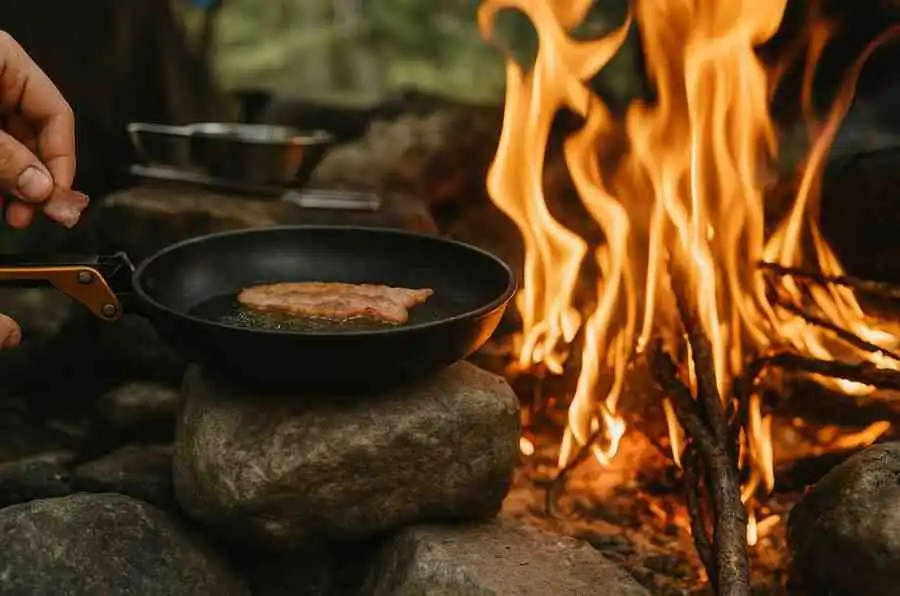
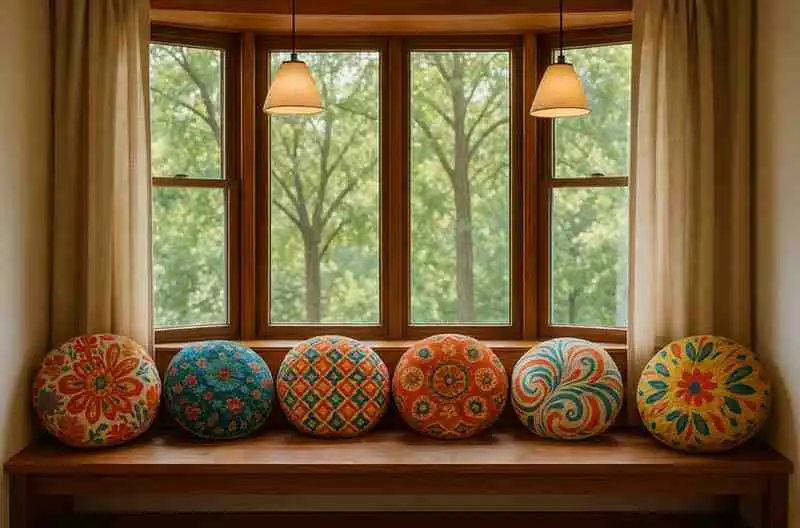
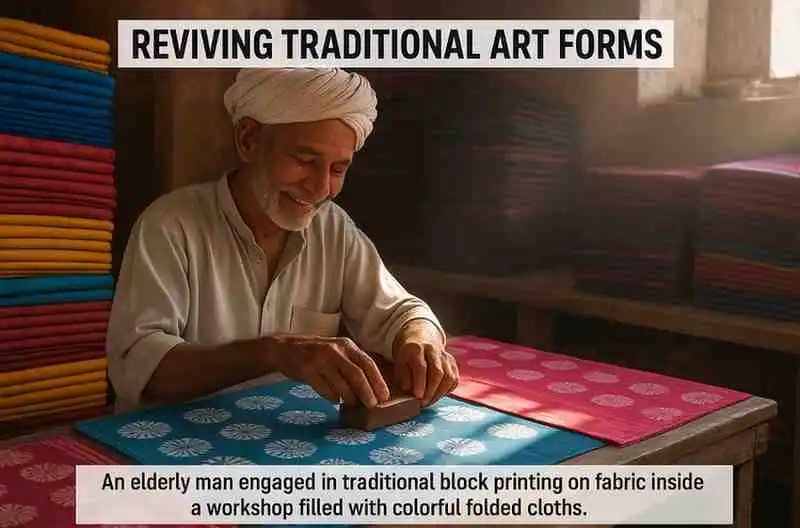

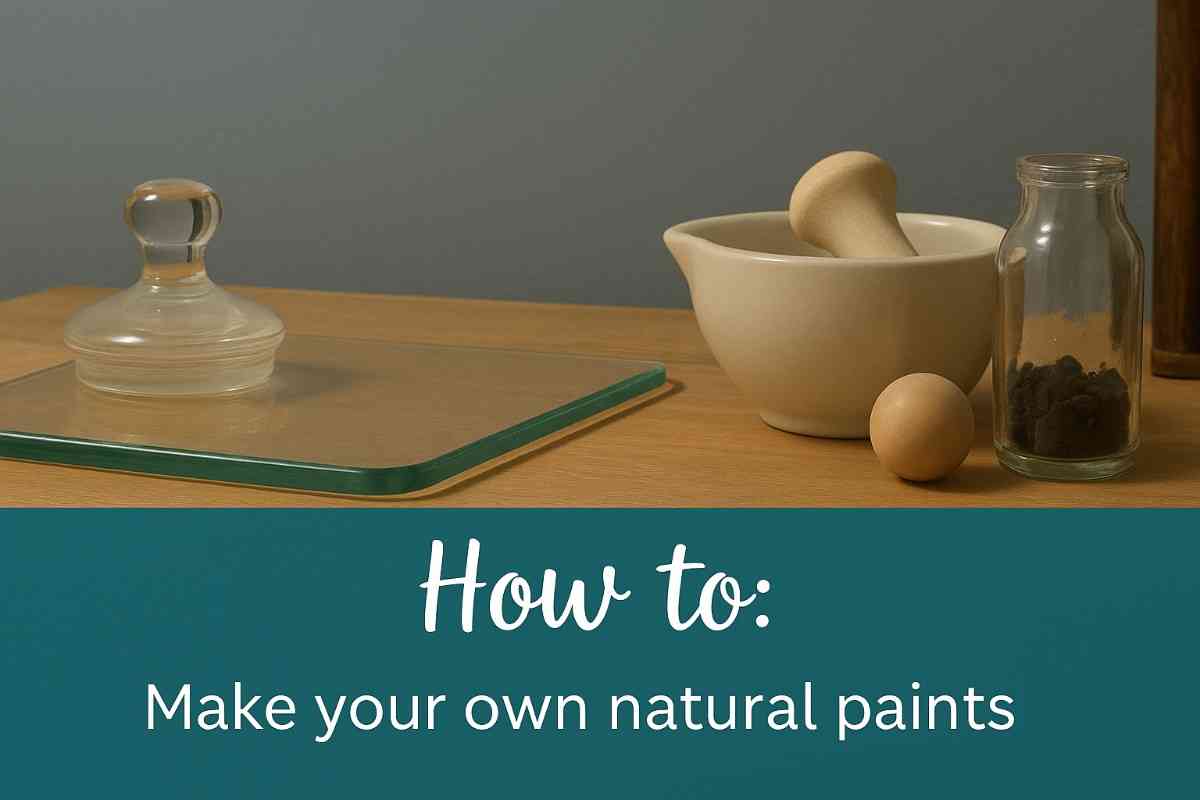
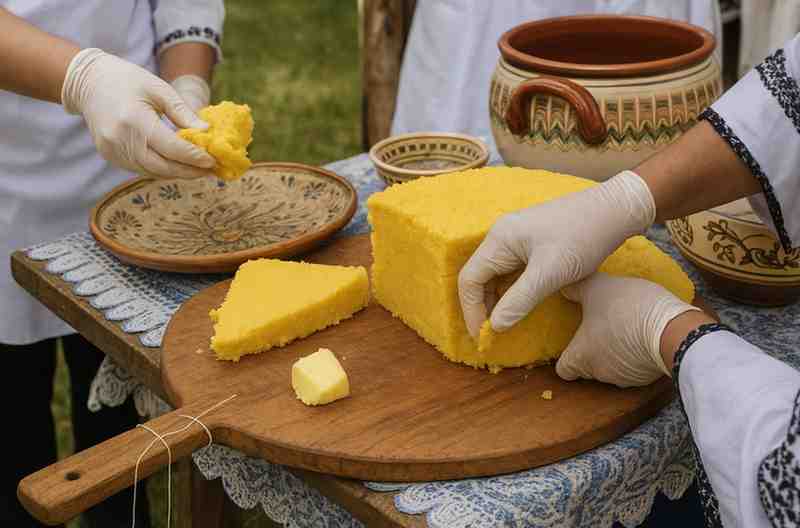
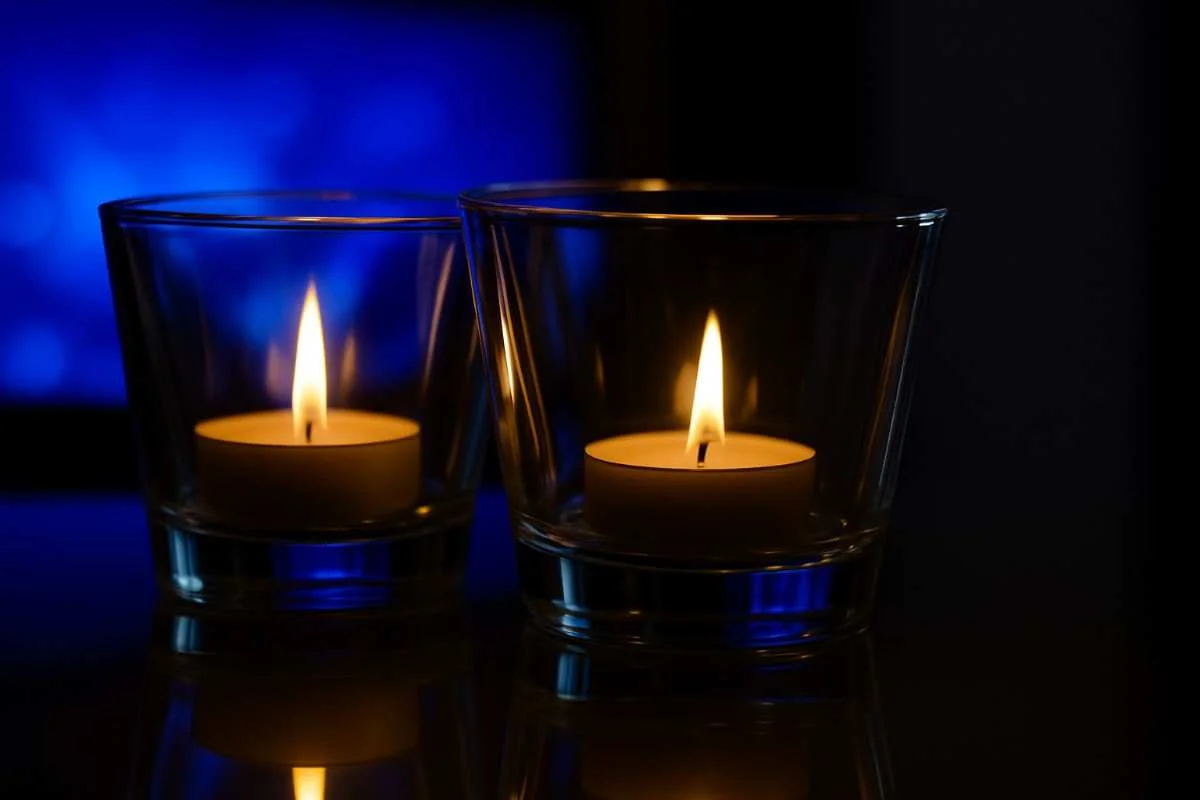

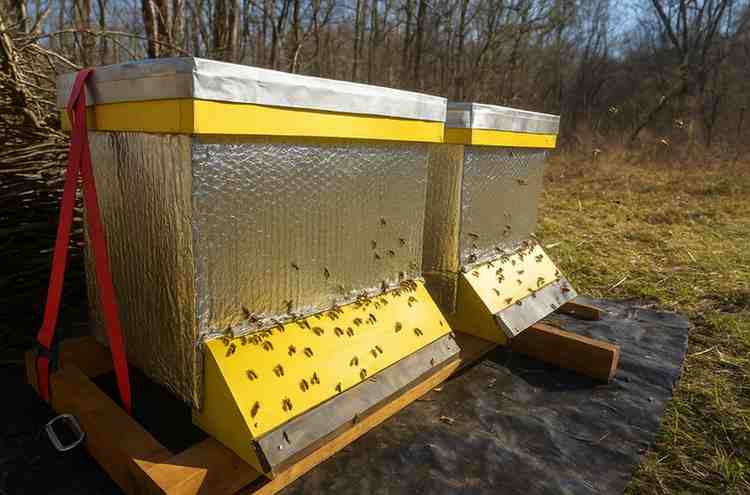

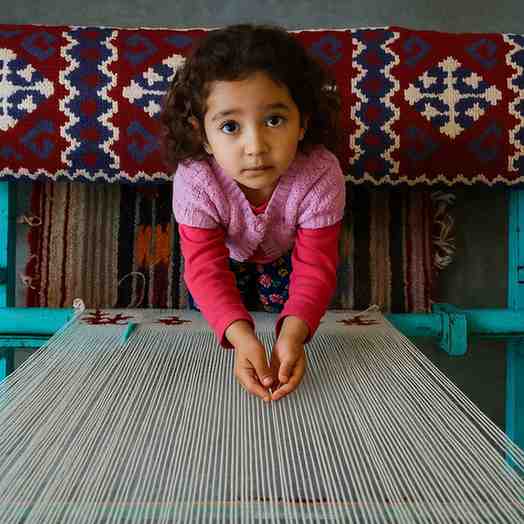
Leave a Reply